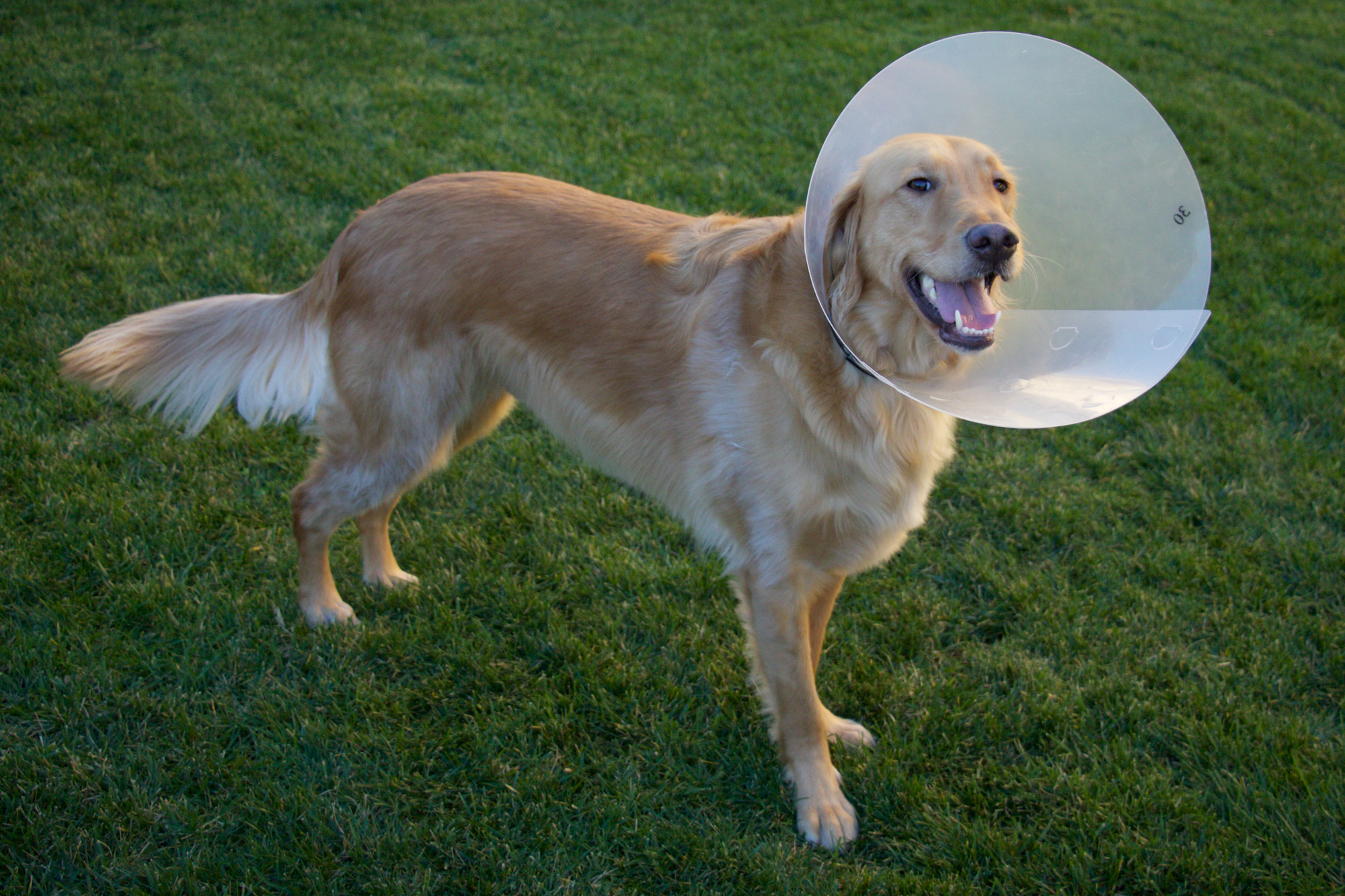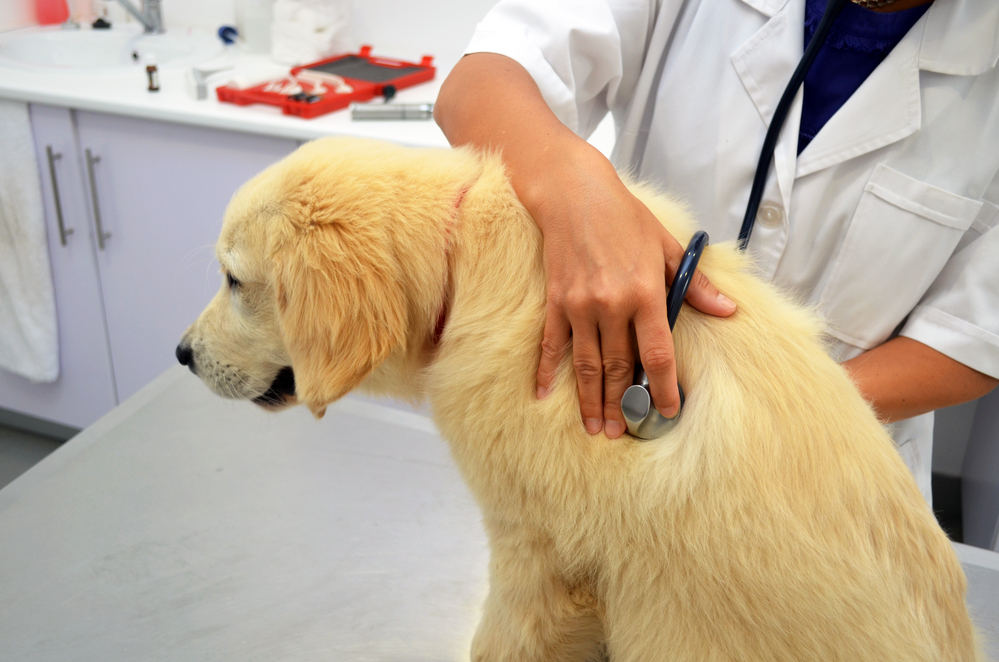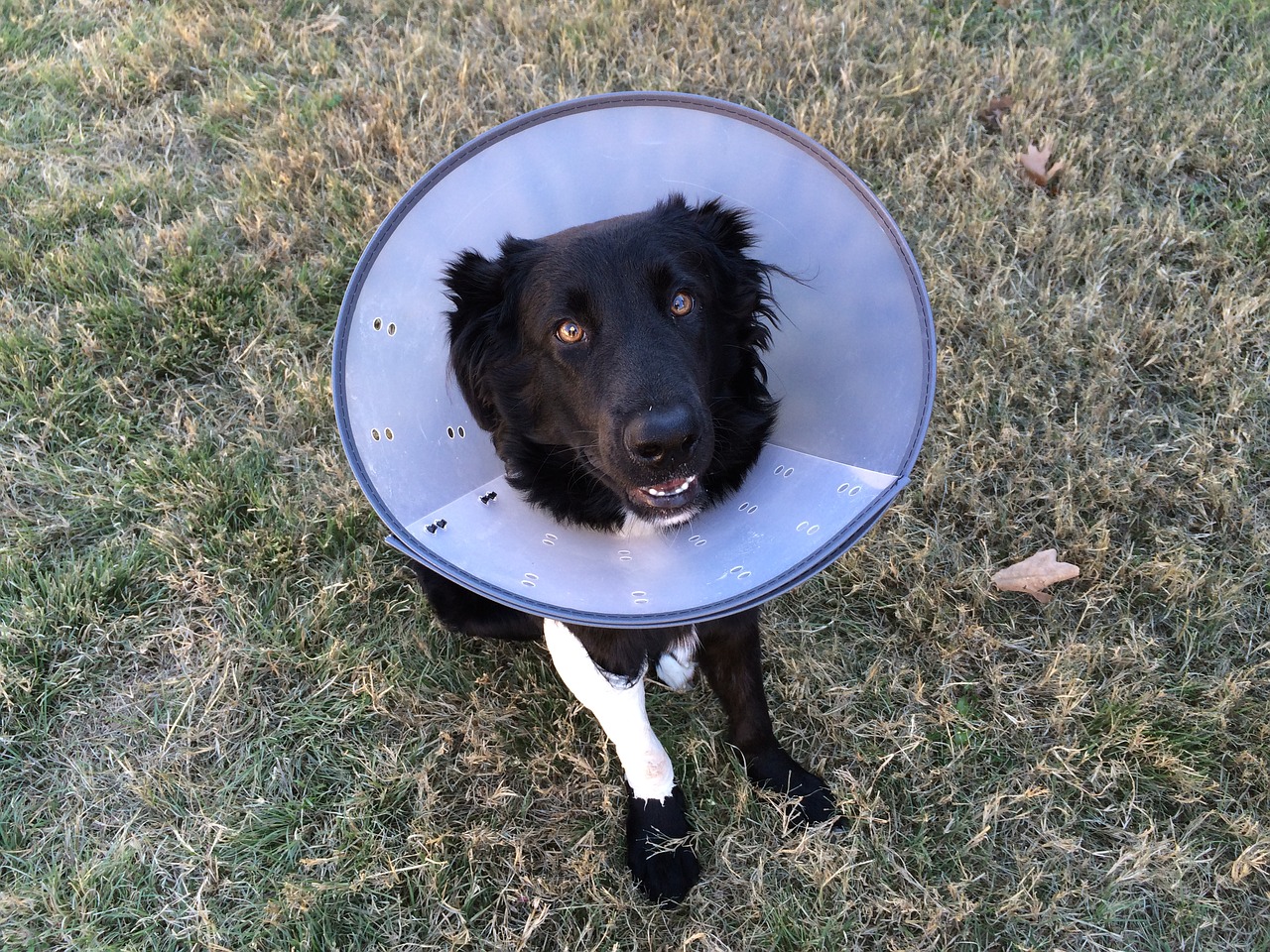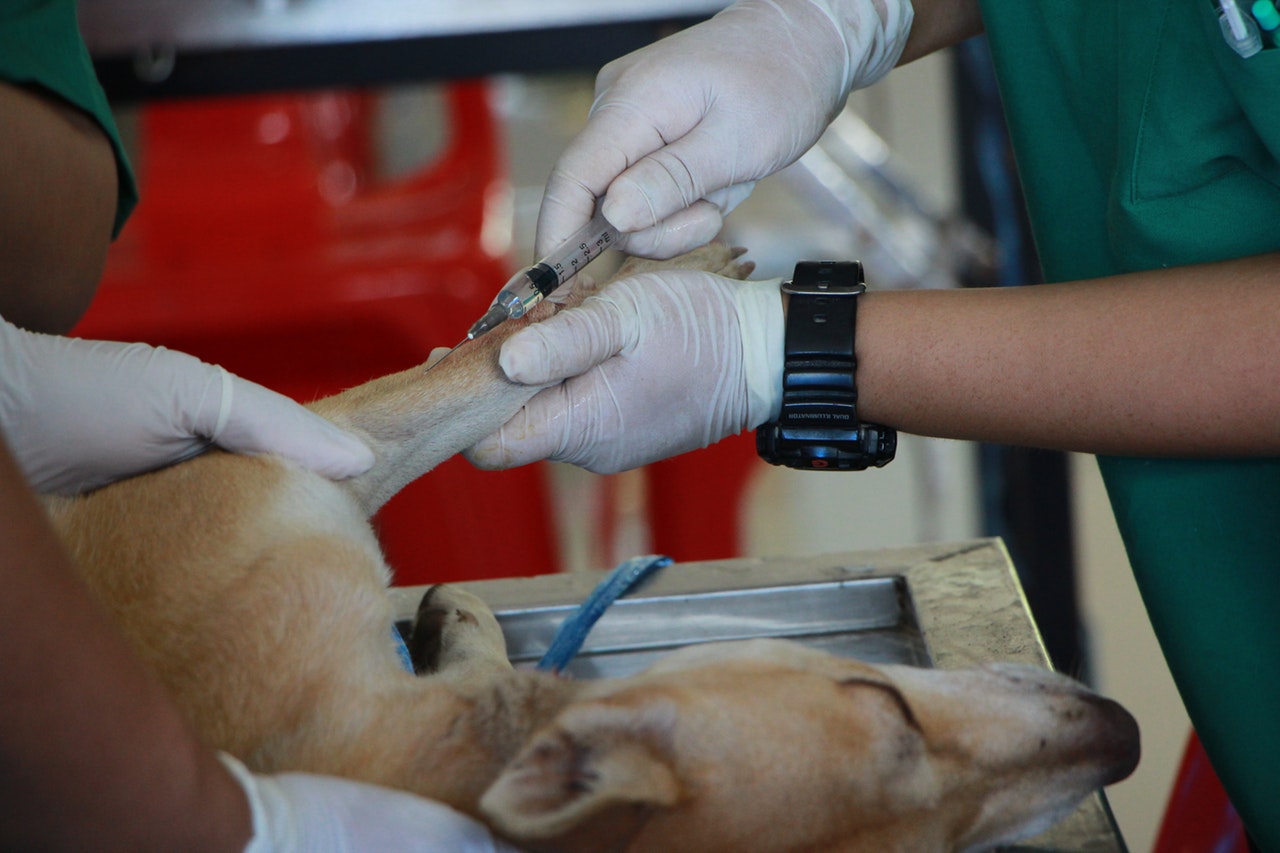Care of A Dog After Neutering is a very important lesson to learn, here we give you some advice on what to expect and how to deal with it.
A spay or neuter surgery is often a new dog owner’s first experience caring for a dog that’s just undergone surgery. So understandably, caring for a dog that’s just been neutered. This can result in nervousness and worry over the dog’s recovery from getting neutered.
What Can I Expect When My Dog is Neutered?
Preparation for the neutering surgery will begin the night before. The dog should not receive food or water after 8:00 p.m. the night before the operation. This will ensure that the dog’s stomach has emptied by the time he’s put under general anesthesia. This lessens the chances that the dog will vomit and aspirate the vomit into his lungs.
In most cases, the veterinary surgeon will neuter the dog early in the day. Once the surgery is performed, the dog will be monitored as he recovers from general anesthesia. Barring any complications during the dog’s recovery from anesthesia. Most veterinarians will opt to send the dog home late in the day.
After a dog is neutered, he will typically require 18-24 hours to recover from the general anesthesia. When a dog owner picks up the dog from the veterinarian after the neutering procedure. It’s likely the dog may exhibit symptoms like:
Grogginess
Lethargy
Sleeping (more than usual)
A Lack of Balance
Little/No Appetite
Nausea
Vomiting
Bathroom Accidents
Aggression (usually toward other pets)
These symptoms following the dog’s surgery will generally disappear by the following morning.
What Should I Do Once I Get My Dog Home After He’s Neutered?
When a dog arrives home following his operation, it’s best to bring the dog directly to his bed or crate, as most dogs will opt to sleep it off.
Other pets should be kept away from the recovering dog, who may lash out due to pain, discomfort or disorientation immediately following surgery.
The dog should be taken outside for bathroom breaks more frequently than usual following the surgery, as it’s likely the dog received IV fluids and what goes in must come out. It should be noted that a dog who usually signals the need to go to the bathroom (i.e. going to the door) may not do this immediately following surgery, so pet owners should anticipate the dog’s needs by giving him frequent bathroom visits.
Later in the evening, dog owners can opt to offer the dog a small amount of food. Some dogs will eat the night after their neutering surgery, while others will refuse the food. Upset stomach is common after general anesthesia. Offering a bland homemade dog food such as plain, skinless chicken or boiled hamburger with rice can encourage the dog to eat and this meal has the benefit of being easy on the stomach.
What Do I Need to Do for My Dog After He’s Neutered?
In the days following the neutering surgery, dog owners will need to do several things to monitor and promote healing and recovery in the newly-neutered dog.
Limit activity.
The dog’s incision will need time to heal and running and playing can disrupt or even delay healing. Therefore, the dog must be kept quiet with leash walks only for 10 to 14 days after the surgery.
Monitor the incision.
The incision will take 10 to 14 days to heal after the dog is neutered. Dog owners must check the dog’s surgical incision several times a day. Look for swelling, redness or discharge. Often, if a dog’s incision gets infected, the edges of the wound will pull apart, forming a gap – another warning sign. If there is any signs of an infection, a visit to the veterinarian will be required.
Clean the incision.
Daily, clean the incision by applying a bit of betadine (applied to a sterile gauze pad or cotton ball) and dab to disinfect the area. Allow the betadine to air dry.
Dog owners should also keep the dog’s “lampshade” on until the stitches are removed. Most dogs will require a “lampshade,” also known as a “cone,” an “Elizabethan collar” or “e-collar” to prevent licking or biting at the wound. This is important during the healing process, as licking can cause infection.
In addition, as healing occurs, the incision may start to itch, causing the dog to bite at the incision and stitches. This may result in damage or even the premature removal of the stitches; an e-collar will prevent this from occurring.
A dog with a “lampshade” may have a difficult time eating and drinking, as the cone will hit the floor, preventing the dog from reaching the food. Elevating the dog’s food and water dish will prevent the dog from experiencing any problems accessing his food and water dishes during the recovery process.



